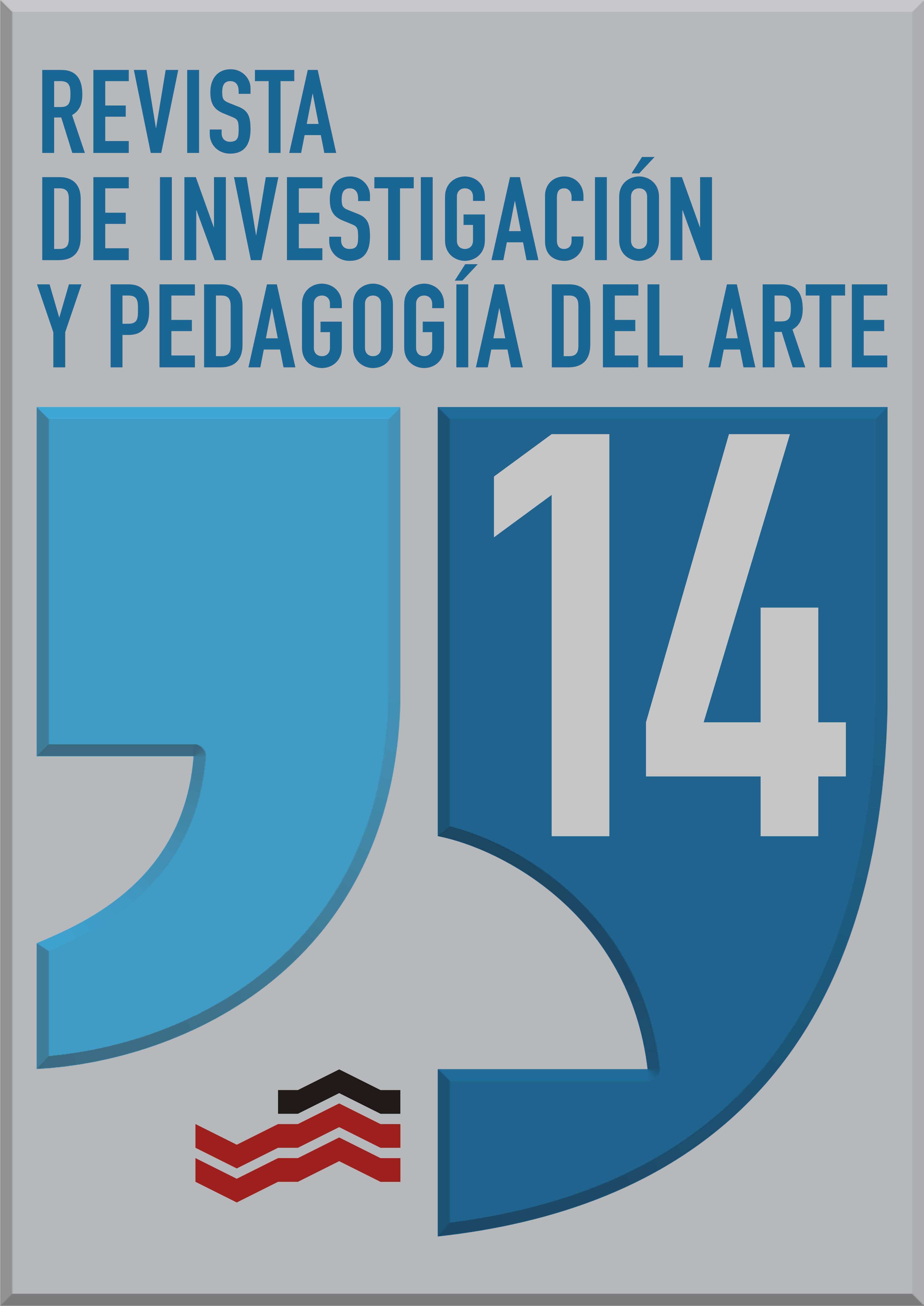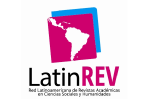Storytelling: Improving skills in the subject of cultural and artistic education post pandemic COVID-19
DOI:
https://doi.org/10.18537/ripa.14.02Keywords:
Transmedia Narrative, technological tools, learning tools, learning, Cultural and Artistic EducationAbstract
The research work presents the results that allow a methodological proposal for the use of transmedia narrative as a learning tool to strengthen the knowledge of the subject of cultural and artistic education in students of higher basic level, which involved a new way to teach classes and increase learning in a post-pandemic era.
In addition to the creation of the prioritized curriculum 2021, where teachers had to develop skills with performance criteria in students; these skills require a digital environment. In this sense, the development of a methodological guide would allow all teachers to produce content using the advantages offered by ICTs, the research contributes to determine how and in what way the use of transmedia narrative allowed a significant contribution in education within the area of ECA, from the knowledge and use of technological skills that were essential to obtain a development as a valid alternative of execution.
The results allow establishing guidelines with the purpose of generating contents made by the students and presented outside the classroom, motivating an active participation of the students during the ECA classes. At the same time, the research contributes to the development of new research to identify strategies that teachers can apply in other areas of knowledge, making the corresponding adaptations.
Downloads
References
Alonso, E., & Murga, V. A. (2018). Enseñar y aprender con narrativa transmedia. Análisis secundario de Argentina. Comunicación y Sociedad, (33), 203-222.
Amador Baquiro, J. C. (2018). Interactive education through transmedia narratives: Possibilities at school. Magis, 10(21), 77-94. https://doi.org/10.11144/Javeriana.m10-21.eint
Amador, J. C. (2015). Aprendizaje transmedia en la era de la convergencia cultural interactiva. Revista Educación y Ciudad, (25), 11-24. https://doi.org/10.36737/01230425.v.n25.2013.50
Apolo, D. (2022, November 11). EDUCACIÓN 4.0: EMOCIONAR PARA ENSEÑAR Y APRENDER. TEDxUTPL. Retrieved from https://youtu.be/sMggnTeFYr4
Castillo, B., & Pico, E. (2021). VIVENCIAS DE LOS ADOLESCENTES EN EL RETORNO A CLASES PRESENCIALES POST COVID-19. Ambato.
Castro, N., & Hidalgo, P. (2021). Educación Transmedia: Confinamiento, Aprendizaje y Nuevas Plataformas. Revista Enfoques de la Comunicación, 5.
Charria Castaño, L. (2017). La Experiencia Transmedia, la Interactividad y los Aprendizajes en clase de matemáticas. In Universidad Distrital Francisco José de Caldas. Bogotá. https://doi.org/10.1017/CBO9781107415324.004
Dabner, D. (2008). Diseño Gráfico: Fundamentos y Prácticas. Barcelona: Blume.
García Rivera, G., & Bravo Gaviro, A. (2019). Narrativa transmedia y textos tradicionales para la educación literaria. Contextos Educativos. Revista de Educación, 23(23), 161. https://doi.org/10.18172/con.3388
Gosciola, V. (2012). Narrativas transmedia: Entre teorías y prácticas. Universidad del Rosario.
Hernández. (2014). Narrativas transmediáticas en entornos digitales: la novela hipermedia Inanimate Alice y sus aplicaciones docentes. CIC. Cuadernos de Información y Comunicación. https://doi.org/https://doi.org/10.5209/rev_CIYC.2014.v19.43916
Jenkins, H. (2003). Transmedia Storytelling. Retrieved from Technology Review website: https://www.technologyreview.com/2003/01/15/234540/transmedia-storytelling/
Kinder, M. (1993). Playing with power in movies, television, and video games: From Muppet Babies to Teenage Mutant Ninja Turtles. University of California.
Marín Rodríguez, M. (2007). El valor del cuento en la construcción de conceptos matemáticos. Revista de Didáctica de las Matemáticas, 27-38.
Ministerio de Educación del Ecuador. (2021). Currículo priorizado-Educación General Básica Subnivel Superior. Quito.
Ortiz Morales, E. F. (2018). Narrativas transmedia en el aula de clase: reconocimiento, disputa y construcción permanente. Revista Educación y Ciudad, 35, 179-188. https://doi.org/10.36737/01230425.v0.n35.2018.1973
Pérez-Manzano, A., & Almela-Baeza, J. (2018). Gamification and transmedia for scientific promotion and for encouraging scientific careers in adolescents. Comunicar, 26(55), 93-103. https://doi.org/10.3916/C55-2018-09
Rosendo Sánchez, N. (2016). Mundos transmediales: revisión conceptual y perspectivas teóricas del arte de crear mundos. ICONO14. Revista Científica de Comunicación y Tecnologías Emergentes, 14, 49-70. https://doi.org/https://doi.org/10.7195/ri14.v14i1.930.
Sauer, T. (2009). Notations 21Continuing Global Research/Innovative Music Nota tion. Retrieved from Notations21 website: http://notations21.wordpress.com/interview-with-stuart-saunders-smith-and-sylvia-smith/.
Siemens, G. (2004). A learning theory for the digital age [en línea]. Retrieved from http://www.elearnspace.org/Articles/connectivism.htm
Published
Issue
Section
License

This work is licensed under a Creative Commons Attribution-NonCommercial-ShareAlike 4.0 International License.










